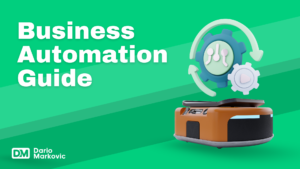Are you ready to take your customer experience to the next level?
In a world where one bad experience can send a customer running to your competitor, choosing the best CEM software is non-negotiable.
This blog post highlights the 7 best customer experience management software solutions for 2025, handpicked by Dario Markovic, and gives you everything you need to understand how these platforms can transform your business.
From capturing real-time feedback to predicting customer needs, get ready to elevate your customer experience strategy and see tangible growth.
Let’s dive in and discover which customer experience management tool will help you lead the pack!
What is Customer Experience Management (CEM) Software?

Customer Experience Management (CEM) software is a powerful technology solution designed to help organizations systematically collect, analyze, and act upon customer feedback and interaction data across all touchpoints.
Unlike basic analyzing customer feedback tools, the best customer experience management software provides a comprehensive framework for understanding the entire customer journey and making data-driven improvements.
Delivering exceptional customer service experiences isn’t just nice to have—it’s essential for survival and growth.
The right customer experience management platform empowers organizations to:
- Capture real-time feedback across multiple channels
- Identify friction points in the customer journey
- Deliver exceptional customer experiences at scale
- Predict customer needs and behaviors
- Transform customer insights into actionable business strategies
According to Gartner, businesses prioritizing customer experience can boost retention rates by up to 25%, while Forrester reports that customer experience (CX) leaders grow revenues 5.1% faster than competitors with poor CX strategies.
This article explores the seven best CEM software solutions for 2025, their key features, and how to select the ideal platform for your specific business needs.
Let’s explore all of them!
Essential Features of the Best CEM Software
Before examining specific platforms, it’s crucial to understand what distinguishes truly exceptional customer experience management software from basic alternatives:
1. Omnichannel Feedback Collection
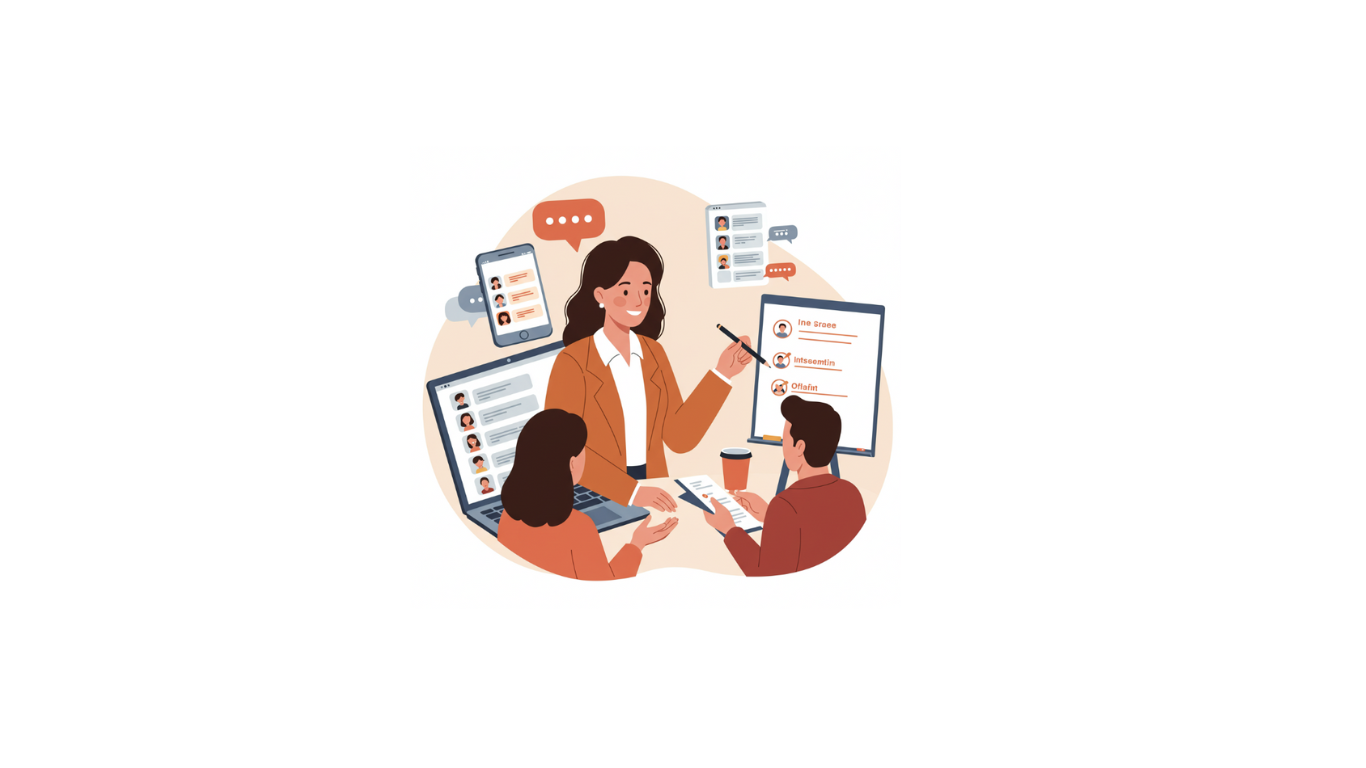
What makes it essential:
The best customer experience management software must capture customer signals from every possible touchpoint:
- In-app and website surveys
- Email and SMS feedback requests
- Social media monitoring and analysis
- Customer support ticket sentiment analysis
- Call center interaction recording and analysis
- Online review aggregation
- Live chat and chatbot interactions
Real-world impact:
Companies implementing omnichannel feedback collection report 91% higher year-over-year customer retention rates compared to those using limited feedback channels.
2. Advanced Analytics and AI Capabilities

What makes it essential:
Modern customer experience management platforms leverage artificial intelligence to:
- Perform sentiment analysis on open-ended responses
- Identify emerging themes and trends from unstructured feedback
- Predict potential churn based on behavioral signals
- Recommend next-best actions for customer service teams
- Automatically categorize and prioritize feedback
Real-world impact:
Organizations utilizing AI-powered analytics customer feedback in their customer service software strategy report 37% more accurate predictions of customer behavior and 42% faster response times to emerging issues.
3. Closed-Loop Feedback Management

What makes it essential:
True customer experience management excellence requires systematically closing the loop on customer feedback:
- Automated alert existing systems for negative feedback
- Ticketing integration for issue resolution
- Workflow service management for feedback-driven improvements
- Communication tools for following up with customers
- Tracking mechanisms for resolution effectiveness
Real-world impact:
Businesses with closed-loop feedback processes see a 55% higher conversion rate on up-sell and cross-sell opportunities.
4. Journey Mapping and Visualization
What makes it essential:
Understanding the complete customer journey is fundamental to customer experience management:
- Visual mapping of all customer touchpoints
- Identification of critical moments of truth
- Emotion and satisfaction tracking across journey stages
- Gap analysis between customer expectations and actual experiences
- Journey optimization recommendations
Real-world impact:
Companies with documented and optimized customer journeys achieve 50% greater return on marketing investments and 24% higher NPS scores.
5. Integration Capabilities
What makes it essential:
The best customer experience management software must connect seamlessly with:
- CRM systems
- Marketing automation platforms
- Support ticketing solutions
- E-commerce platforms
- Business intelligence tools
- Communication systems
Real-world impact:
Organizations with fully integrated customer experience management ecosystems report 36% higher customer lifetime value and 29% lower customer acquisition costs.
The 7 Best CEM Software Solutions for 2025
After extensive research, testing, and analysis of over 20 platforms, these seven solutions stand out as the best CEM software available today:
1. CustomerGauge
Best For: B2B organizations focused on account-based customer experience and revenue retention
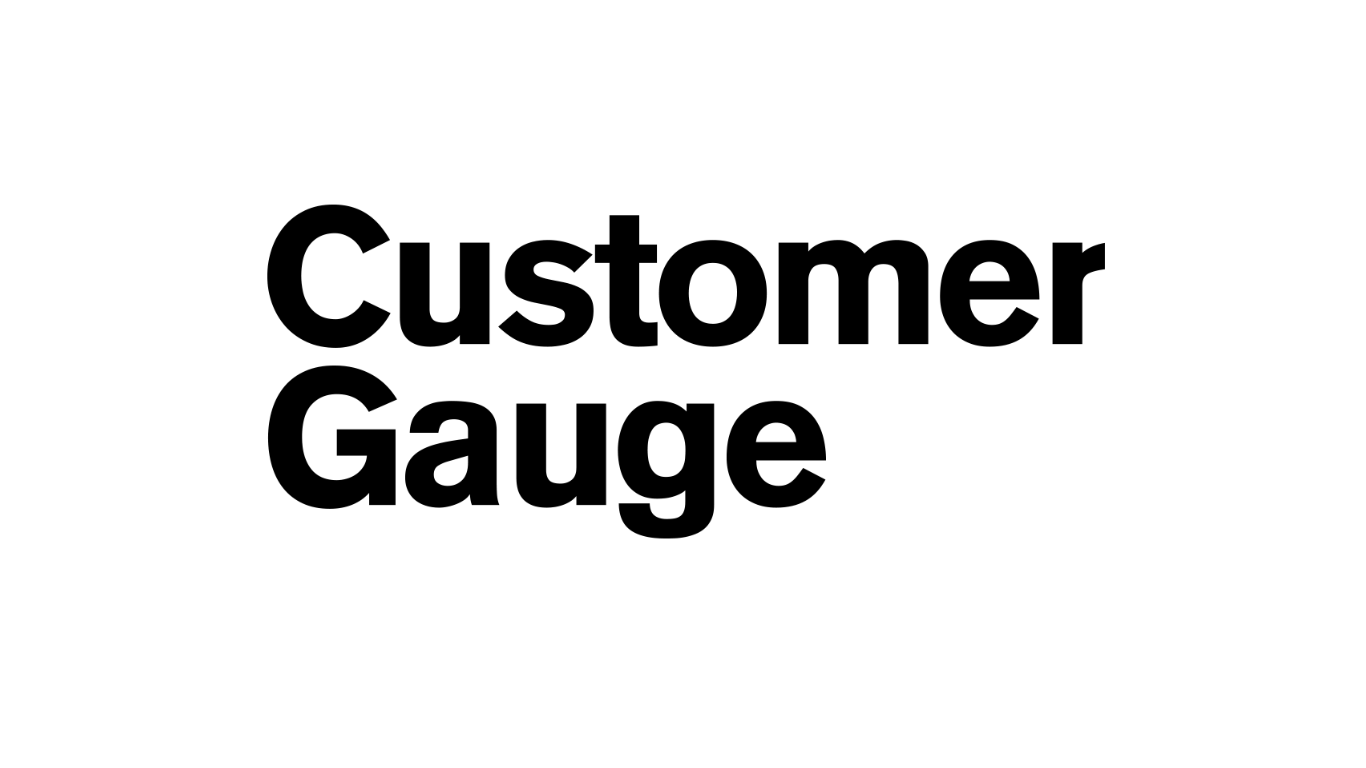
Key Strengths:
- Pioneered the Account Experience™ methodology specifically for B2B environments
- Revenue risk analysis that connects customer experience (CX) metrics directly to financial outcomes
- Industry-leading NPS functionality with comprehensive benchmarking
- Powerful account hierarchy mapping for complex organizational relationships
- Seamless integration with major CRM and ERP platforms
Unique Feature:
Root Cause Engine™ that automatically identifies the underlying causes of negative feedback patterns
Pricing: Starting at $1,500/month for core features; enterprise pricing available upon request
Opinion Piece: “After implementing CustomerGauge, we increased our NPS by 22 points at Eric Javits, reduced account churn by 18%, and identified $3.2M in at-risk revenue that we were able to save through targeted interventions.”
2. Medallia
Best For: Large enterprises requiring sophisticated, scalable CX solutions across multiple business units
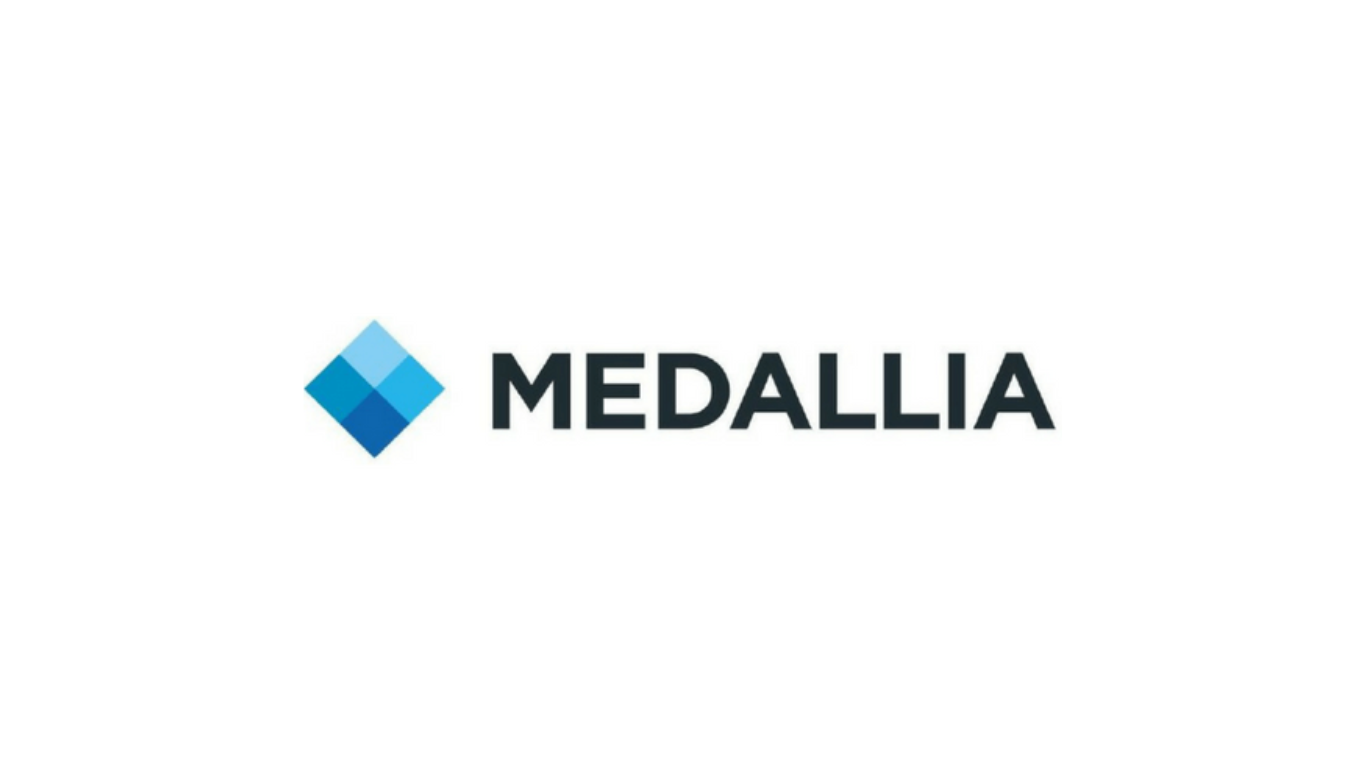
Key Strengths:
- Unmatched ability to process massive volumes of structured and unstructured customer feedback
- Industry-leading speech and text analytics powered by proprietary AI
- Comprehensive voice-of-customer program management
- Real-time alerting and closed-loop feedback at scale
- Extensive pre-built integrations with enterprise systems
Unique Feature:
Athena AI engine that goes beyond basic sentiment analysis to identify emotional intensity and predict future customer behaviors
Pricing: Custom enterprise pricing based on organization size and needs. Talk to sales about pricing.
Opinion Piece: “Medallia’s platform has transformed how we understand our customers. We’ve generated over $2M in incremental revenue by addressing previously hidden experience gaps.”
3. Qualtrics XM
Best For: Organizations requiring sophisticated research methodologies and comprehensive customer experience management software.
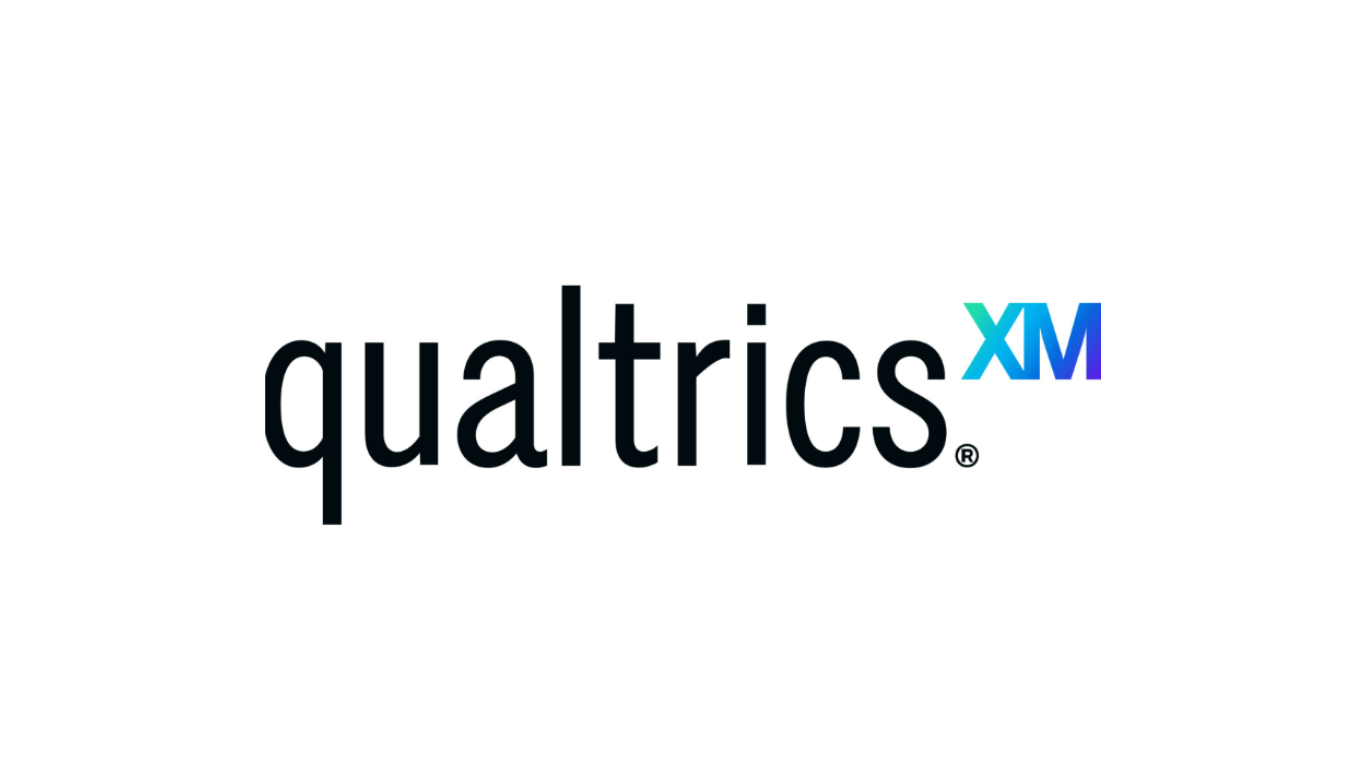
Key Strengths:
- Gold-standard survey design capabilities with advanced logic and branching
- Powerful iQ™ text analytics that identifies themes and sentiment with remarkable accuracy
- Comprehensive experience management across customer, employee, product, and brand
- Academic-grade research methodologies with statistical rigor
- Flexible action planning and follow-up tools
Unique Feature: XM Institute resources that provide research-backed best practices and benchmarks
Pricing: Core CX platform starts at $1,800/year; full XM platform pricing requires consultation. But request for pricing and plan!
Opinion Piece: “Qualtrics helped us identify a critical gap in our onboarding process that was causing 23% of our new customers to become inactive within 30 days. After redesigning this experience, we’ve improved activation rates by 18%.”
4. Zendesk
Best For: Support-focused teams looking to enhance customer experience through service excellence.
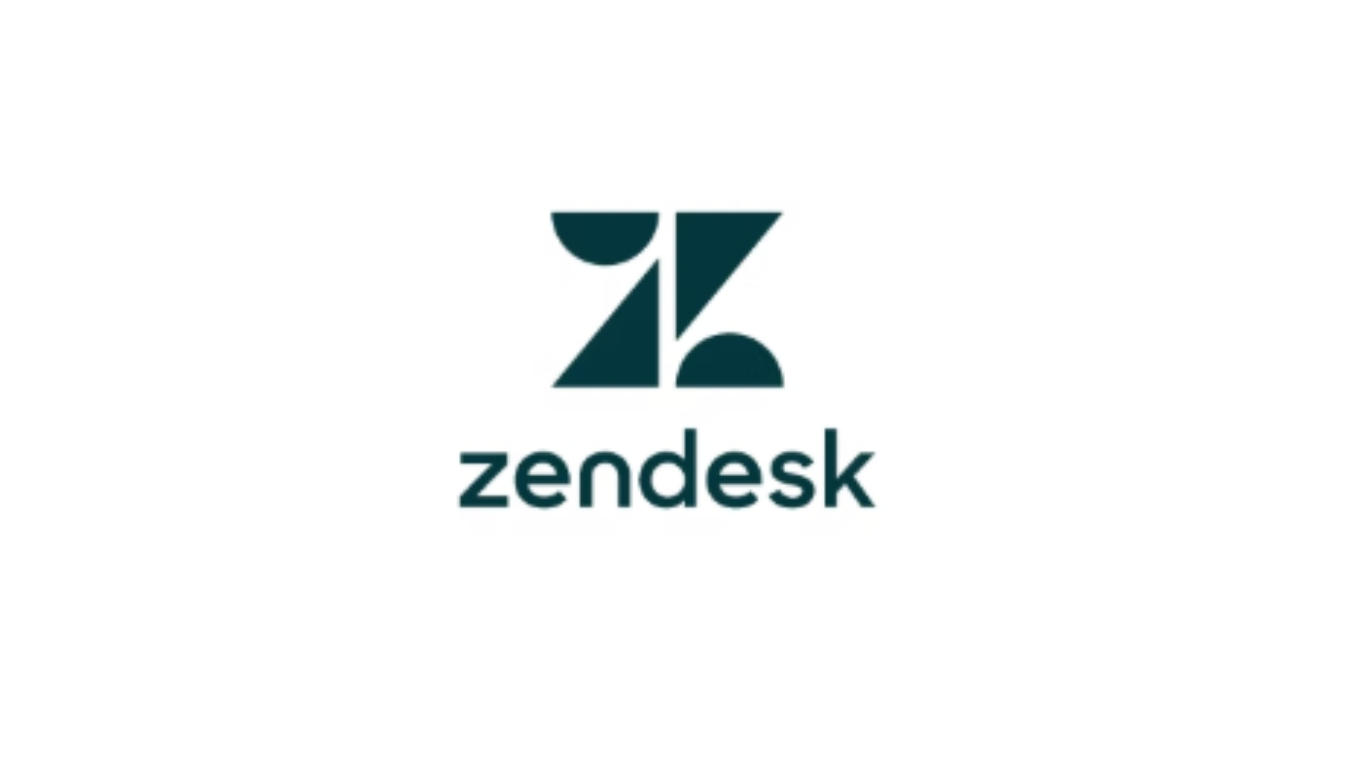
Key Strengths:
- Unified customer support and experience platform
- Powerful ticketing system with seamless CX integration
- Extensive self-service knowledge base capabilities
- Real-time customer satisfaction measurement
- Comprehensive reporting and analytics dashboard
Unique Feature:
Sunshine Conversations platform that unifies messages from every channel into a single, coherent customer view
Pricing: Suite Professional starts at $115/agent/month (annual billing)
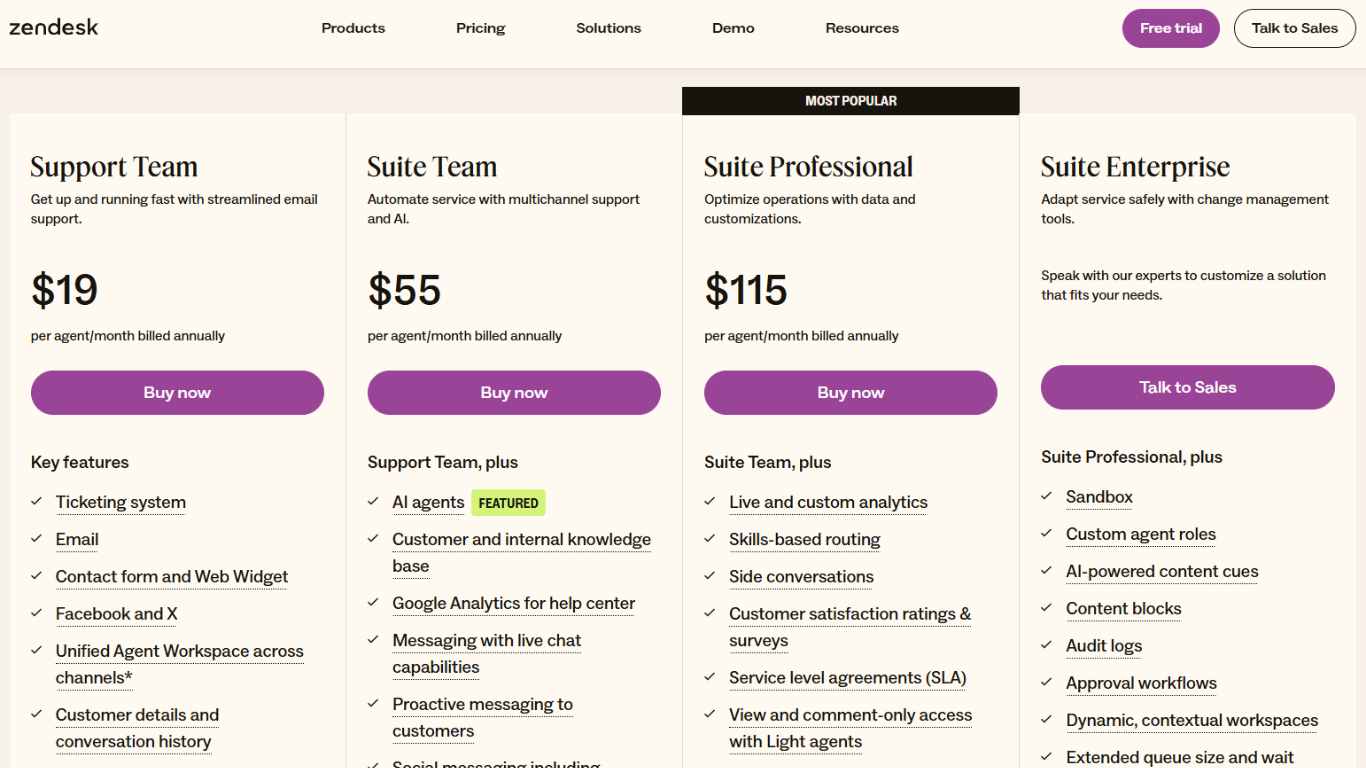
Opinion Piece: “By implementing Zendesk’s integrated CX and enhance customer support solutions, we reduced resolution times by 37% while simultaneously increasing our CSAT scores from 46% to 81%.”
5. HubSpot Service Hub
Best For: Organizations already using HubSpot’s ecosystem or seeking an integrated CRM and CX solution
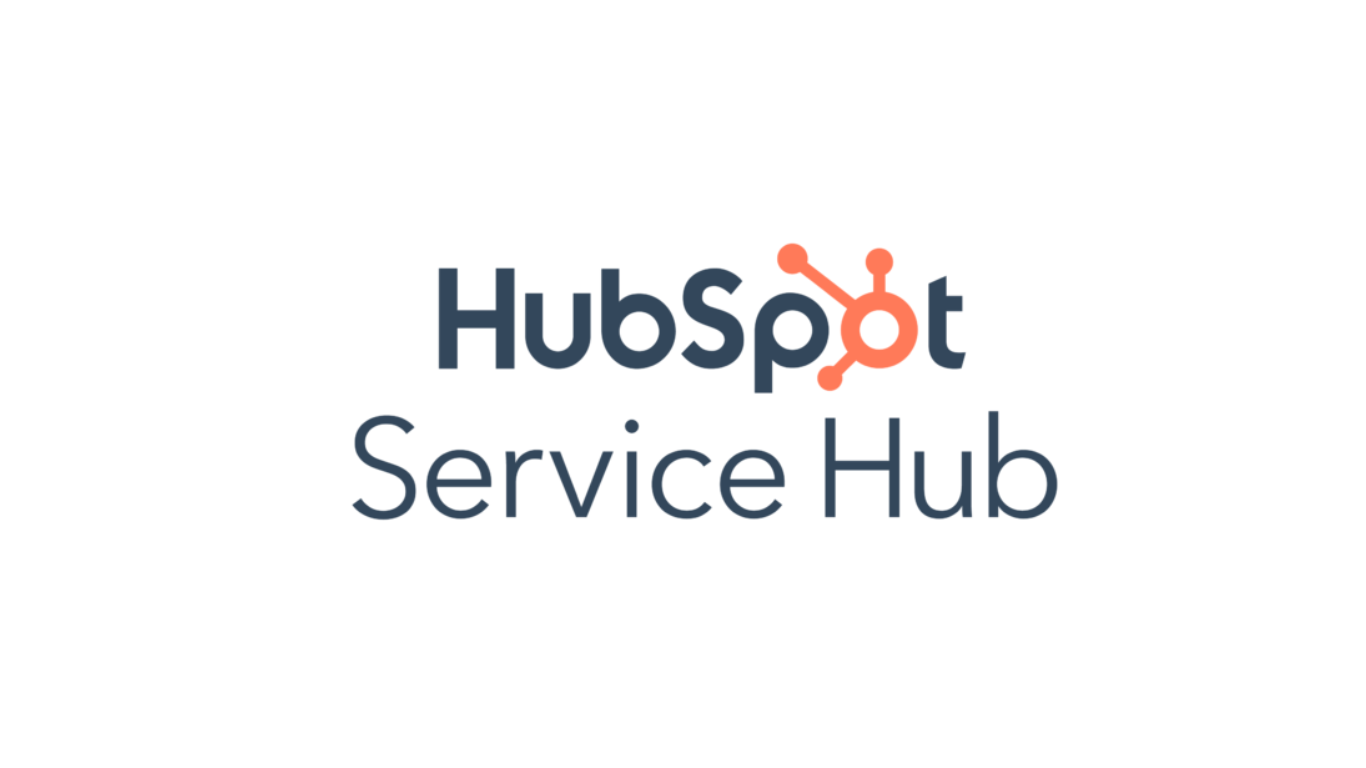
Key Strengths:
- Seamless integration with HubSpot’s marketing, sales, and CRM tools
- User-friendly interface with minimal learning curve
- Powerful customer feedback collection and analysis tools
- Comprehensive conversation intelligence features
- Automation capabilities for routine tasks and follow-ups
Unique Feature:
Service Hub’s Customer Portal that provides a branded, self-service experience for customers to track their support issues
Pricing: Professional for team and individuals tier starts at $99/month (3 users included)
Opinion Piece: “HubSpot Service Hub has allowed us to close the loop between marketing, sales, and service. Our customer retention rate has improved by 22%, and we’ve seen a 31% increase in customer-driven referrals.”
6. Salesforce Service Cloud
Best For: Current Salesforce service cloud customers looking to extend their customer relationship management platform for comprehensive CX management
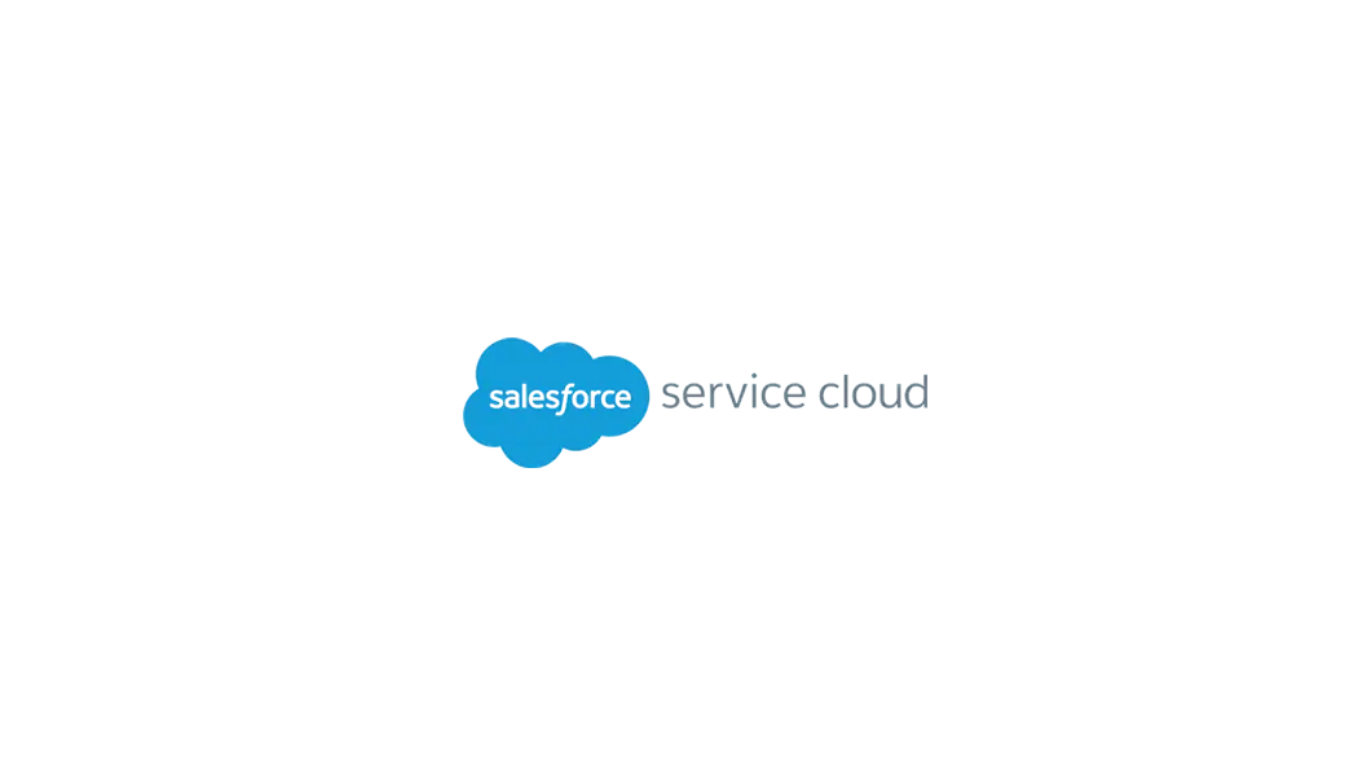
Key Strengths:
- Seamless native integration with Salesforce ecosystem
- Highly customizable experience builder with low-code options
- Robust community management features
- Einstein AI capabilities for predictive experience optimization
- Comprehensive digital experience platform capabilities
Unique Feature:
Lightning Flow automation that can create personalized, guided customer journeys based on real-time interactions
Pricing: Starts at $25/user/month for basic features; check out your needs at Salesforce product pricing.
Customer Success Story: “Salesforce Experience Cloud enabled us to create a seamless digital experience that increased customer self-service adoption by 67% and reduced customer support costs by $1.2M annually.”
7. Freshdesk
Best For: Small to mid-sized businesses needing an affordable yet powerful CEM solution.

Key Strengths:
- Intuitive interface with minimal setup time
- Comprehensive ticketing system with integrated CX features
- Cost-effective pricing structure with flexible scaling
- Solid automation capabilities for routine tasks
- Built-in customer satisfaction survey tools
Unique Feature:
Freddy AI that automates routine support tasks and provides intelligent insights from customer interactions
Pricing: Growth plan starts at $15/agent/month (billed annually)
Opinion Piece: “As a fast-growing worldwide ecommerce business like Eric Javits, we needed affordable CX capabilities that could scale with us.
Freshdesk provided enterprise-level features at a fraction of the cost, helping us achieve a 95% customer satisfaction rate while handling a 300% increase in support volume.”
Essential Customer Experience Metrics to Track
Implementing the best CEM software is only the beginning. To maximize the return on your investment, you must track the right metrics.
Here are the key customer experience metrics that provide valuable insights into engagement, satisfaction, and retention:
1. Net Promoter Score (NPS)
What it measures: Customer loyalty and likelihood to recommend your brand
How to calculate: Based on the question “On a scale of 0-10, how likely are you to recommend our company to a friend or colleague?”
- Promoters: 9-10
- Passives: 7-8
- Detractors: 0-6
NPS = % Promoters – % Detractors
Industry benchmarks: Varies by sector:
- Technology: 30-40
- Retail: 40-50
- Financial Services: 25-35
- Healthcare: 15-25
Recommended measurement frequency:
- Relationship NPS: Quarterly
- Transactional NPS: After key interactions
2. Customer Satisfaction Score (CSAT)

What it measures: How satisfied customers are with a specific interaction, such as a purchase, support call, or service experience.
How to calculate: If 200 customers respond, and 160 give a 4 or 5 rating, the CSAT score would be:
CSAT = (160 ÷ 200) × 100 = 80%!
- CSAT = (Number of 4 and 5 responses ÷ Total responses) × 100
Industry benchmarks: 80%+ is a strong score across most industries.
Recommended measurement frequency: After every significant customer touchpoint
3. Customer Effort Score (CES)
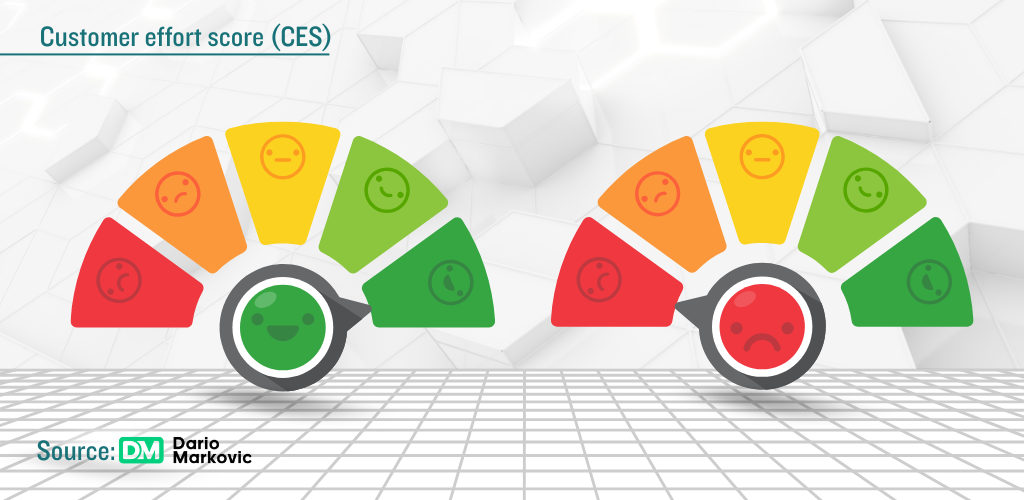
What it measures: How easy it is for customers to accomplish their goals
How to calculate: Based on the statement “The company made it easy for me to handle my issue” using a 1-7 scale (1 = strongly disagree, 7 = strongly agree)
Industry benchmarks: Aim for 5.5+ on a 7-point scale
Recommended measurement frequency: After resolution processes or completed journeys
4. Customer Lifetime Value (CLV)
What it measures: The total worth of a customer over their entire relationship with your business
How to calculate: Average Purchase Value × Average Purchase Frequency × Average Customer Lifespan
Industry benchmarks: Highly variable by industry and business model
Recommended measurement frequency: Quarterly or semi-annually
5. First Contact Resolution (FCR)
What it measures: Percentage of issues resolved during the first interaction
How to calculate: (Number of issues resolved in first contact ÷ Total number of issues) × 100
Industry benchmarks: 70-75% is considered good across most industries
Recommended measurement frequency: Monthly
6.User Engagement Metrics
What it measures: User Engagement Metrics: Tracking daily active users (DAU) and monthly active users (MAU) provides valuable insights into customer interaction patterns and overall mobile app engagement.
A strong DAU/MAU ratio reflects higher sustained engagement and product stickiness. These metrics help brands fine-tune their customer experiences, ensuring consistent user activity and long-term platform loyalty.
How to calculate: DAU/MAU Ratio = (Daily Active Users ÷ Monthly Active Users) × 100
Industry benchmarks: 10-20% is average, while top-performing apps can reach 50%+
Recommended measurement frequency: Weekly for DAU, Monthly for MAU and the ratio.
How to Choose the Best CEM Software for Your Business?
Selecting the best customer experience management software requires careful consideration of your specific business needs and objectives.
Follow this systematic approach to make the optimal choice:
Step 1: Define Your CX Objectives
Before evaluating any software, clearly articulate what you want to achieve:
- Primary Goals: Are you focusing on reducing churn, increasing advocacy, improving support efficiency, or enhancing product development?
- Key Metrics: Which customer experience metrics are most relevant to your business strategy?
- Success Criteria: How will you measure ROI from your CEM implementation?
Pro Tip: Create a prioritized list of objectives with specific, measurable targets attached to each.
Step 2: Map Your Customer Journey
Understand your current customer touchpoints and experience gaps:
- Document all customer interactions across pre-purchase, purchase, and post-purchase phases
- Identify key moments of truth where customer decisions are most influenced
- Highlight current pain points and areas where you lack visibility
- Determine which channels are most important for your specific customer base
Pro Tip: Involve cross-functional stakeholders from marketing, sales, product, and support in this mapping exercise.
Step 3: Assess Technical Requirements
Evaluate how the CEM solution will fit into your existing technology stack:
- Required Integrations: Which systems must connect with your CEM platform? (CRM, support ticketing, marketing automation, etc.)
- Data Sources: What customer data will you need to incorporate? (transactions, support interactions, website behavior, etc.)
- Customization Needs: What level of platform flexibility do you require?
- Security Requirements: What compliance standards must be met? (GDPR, CCPA, HIPAA, etc.)
Pro Tip: Create a visual diagram of your desired technology ecosystem with the CEM platform at the center.
Step 4: Establish Your Budget
Develop a comprehensive understanding of the total cost of ownership:
- Direct Costs: Subscription fees, per-user charges, and feature-based pricing
- Implementation Costs: Professional services, customization, and integration expenses
- Ongoing Costs: Training, additional features, and potential scaling expenses
- ROI Timeline: Realistic projection of when you expect to see returns on your investment
Pro Tip: Always include a contingency buffer of 15-20% for unexpected costs during implementation.
Step 5: Evaluate Vendor Capabilities
Look beyond features to assess the company behind the product:
- Industry Expertise: Does the vendor understand your specific sector and its unique challenges?
- Support Quality: What level of ongoing support is provided? Review client testimonials specifically about support experiences.
- Innovation Roadmap: How does the vendor approach product development and innovation?
- Customer Success: What resources does the vendor provide to ensure your successful implementation?
Pro Tip: Request references from current customers in your industry and of similar size to your organization.
Implementation Success Factors
Even the best CEM software will fail without proper implementation.
Based on extensive experience implementing various customer experience platforms, these factors significantly impact success:
1. Executive Sponsorship
- Secure C-suite commitment before beginning implementation
- Establish a clear business case with expected outcomes
- Ensure executives actively champion the program beyond initial approval
2. Cross-Functional Governance
- Create a dedicated CX steering committee with representatives from all customer-facing departments
- Establish clear roles, responsibilities, and decision-making authority
- Develop a regular cadence for reviewing CX metrics and initiatives
3. Phased Implementation Approach
- Start with high-impact, lower-complexity use cases to build momentum
- Develop a 30-60-90 day plan with clear milestones and success criteria
- Celebrate and communicate early wins to build organizational buy-in
4. Robust Change Management
- Develop comprehensive training programs for all system users
- Create clear documentation and knowledge bases for ongoing reference
- Identify and empower CX champions throughout the organization
5. Closed-Loop Action System
- Establish clear workflows for responding to different types of feedback
- Define ownership and accountability for addressing identified issues
- Implement follow-up communications to inform customers about improvements
Case Study: Transforming D2C Customer Experience with CEM Software
The Challenge
A mid-sized D2C retail provider was experiencing concerning customer churn despite competitive product offerings and initially positive feedback.
Exit interviews revealed that clients felt the company didn’t understand their evolving needs or provide proactive support as their businesses grew.
The company had basic customer satisfaction surveys in place but lacked a comprehensive view of the customer experience.
The Solution
After careful evaluation, the company implemented CustomerGauge with a focus on:
- Account-level Experience Tracking: Moving beyond individual contacts to understand satisfaction at the account level
- Revenue Risk Analysis: Connecting experience metrics directly to revenue retention and growth opportunities
- Integration with Salesforce CRM: Creating a unified view of customer health across sales and support
- Automated Alerts: Identifying accounts showing early warning signs of dissatisfaction
- Quarterly Business Reviews: Using CX data to drive strategic account discussions
Implementation Approach
The company followed a phased implementation:
- Phase 1 (30 days): Basic NPS program implementation with top 100 accounts
- Phase 2 (60 days): CRM integration and dashboard creation for account teams
- Phase 3 (90 days): Closed-loop process implementation and training
- Phase 4 (120 days): Advanced analytics and predictive modeling
Results
Within 12 months, the company achieved:
- 18% reduction in customer churn
- 22% increase in expansion revenue from existing accounts
- 14-point improvement in overall NPS
- 35% faster response to emerging customer issues
- $2.4 million in saved revenue through early intervention with at-risk accounts
The key insight:
The best CEM software doesn’t just collect feedback—it enables systematic action that drives measurable business outcomes.
Future Trends in Customer Experience Management
As we look toward the future, several emerging trends will shape the evolution of customer experience management CEM software:
1. Predictive Experience Management
The next generation of CEM software will move beyond reactive feedback collection to predictive experience management—using AI to anticipate and address customer needs before problems arise. Early implementations show 40-60% improvements in first contact resolution rates and significant increases in proactive engagement effectiveness.
2. Emotion AI and Sentiment Analysis
Advanced emotion detection technologies are rapidly maturing, enabling CEM platforms to identify not just what customers say but how they feel when they say it. This deeper understanding allows for more empathetic and effective interactions, with early adopters reporting 25-30% continuous improvements in customer emotional connection scores.
3. Real-Time Journey Orchestration
Future CEM platforms will enable dynamic journey orchestration—automatically adjusting each customer’s path based on real-time signals and behaviors. This capability will transform static, one-size-fits-all experiences into fluid, personalized journeys that adapt to individual needs and contexts.
4. Integrated Employee Experience Management
The connection between employee experience and customer experience is becoming increasingly clear. Next-generation CEM platforms will incorporate employee experience management, creating a holistic approach that recognizes how internal culture directly impacts external customer interactions.
5. Extended Reality (XR) Feedback Collection
As virtual and augmented reality technologies mature, CEM software will incorporate XR-based feedback collection methods that capture more immersive and context-rich customer insights. These approaches will be particularly valuable for evaluating physical experiences, product designs, and spatial interactions.
Final Thoughts
The best CEM software offers powerful capabilities for understanding and enhancing the customer experience, but technology alone cannot transform your customer relationships.
Success requires a strategic approach that balances technology capabilities with organizational readiness and customer-centricity.
As you evaluate your self service options, remember these key principles:
- Start with strategy, not features: Define your CX vision and objectives before selecting technology.
- Prioritize action over data collection: Choose tools that enable you to act on insights, not just gather them.
- Consider the complete ecosystem: Evaluate how CEM software will integrate with your existing technology stack.
- Focus on outcomes, not outputs: Track business results, not just activity metrics.
- Build a culture of customer-centricity: Technology supports but cannot replace a genuine organizational commitment to customers.
By selecting the right CEM software for your specific requirements, focusing on meaningful metrics, and establishing robust implementation practices, you can leverage these powerful tools to create sustainable competitive advantage through superior customer experience.
What CEM software has been most effective for your business?
Share your experiences in the comments below!
FAQ
Which software is best for construction management?
The best construction management software depends on your specific needs. Popular choices include Procore, Buildertrend, and CoConstruct.
These tools help manage project timelines, budgets, and team collaboration, making construction project management more efficient.
What is the best customer service software?
Top customer service software options include Zendesk, Freshdesk, and Help Scout.
These platforms offer features like ticketing systems, live chat, automation, and CRM integration to enhance customer support experiences.
Which is the best employee management software?
Leading employee management software includes BambooHR, Workday, and Gusto.
These tools help businesses streamline HR processes, track employee performance, and manage payroll and benefits efficiently.
What is the most used HR software?
Some of the most widely used HR software solutions are SAP SuccessFactors, ADP Workforce Now, and BambooHR.
These platforms support recruitment, payroll, compliance, and employee engagement for businesses of all sizes.
What is the main employee management system?
The main employee management systems are HRIS (Human Resource Information System) and HCM (Human Capital Management) solutions.
Popular examples include Workday, UKG (Ultimate Kronos Group), and Oracle HCM Cloud, which provide comprehensive tools for workforce management, payroll, and employee analytics.


